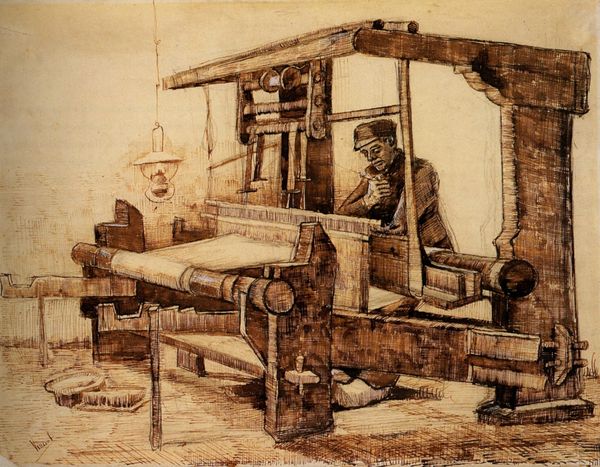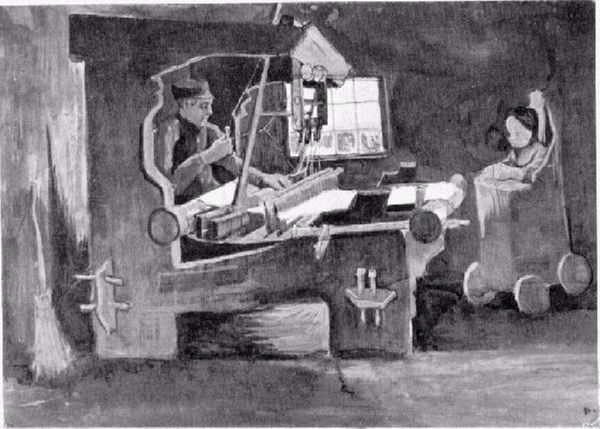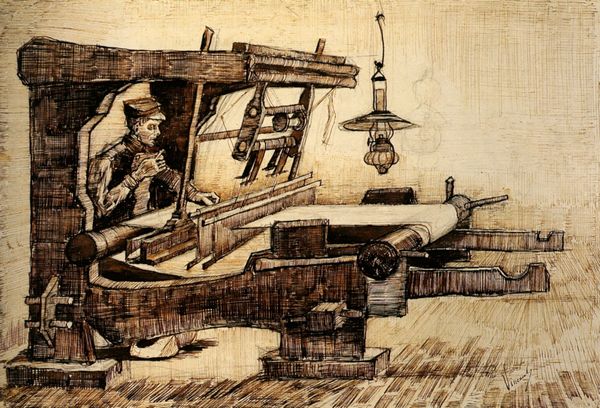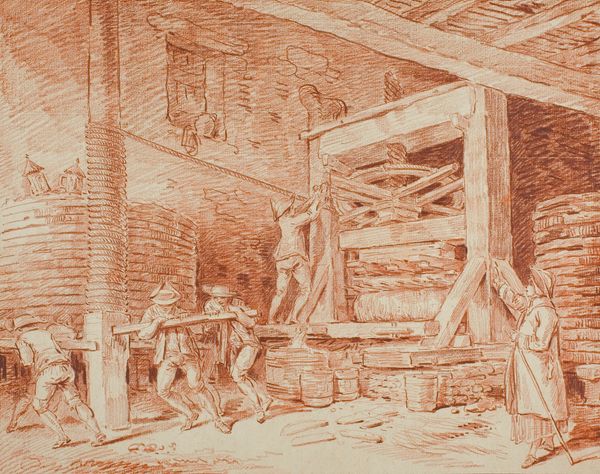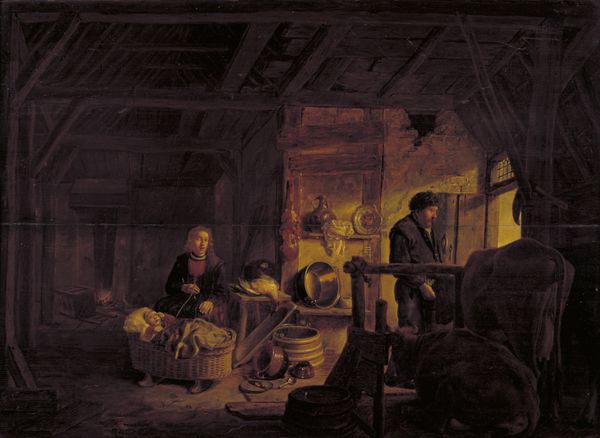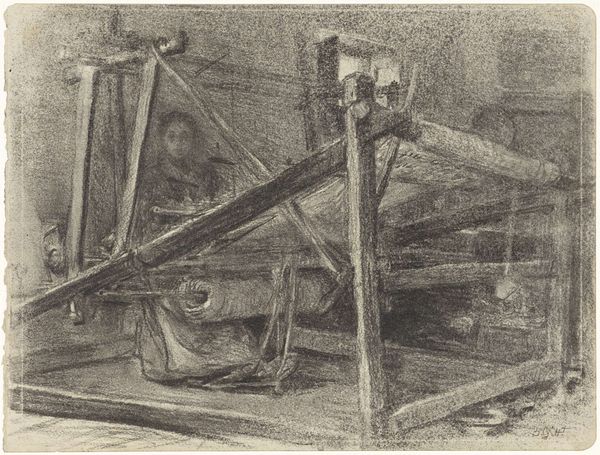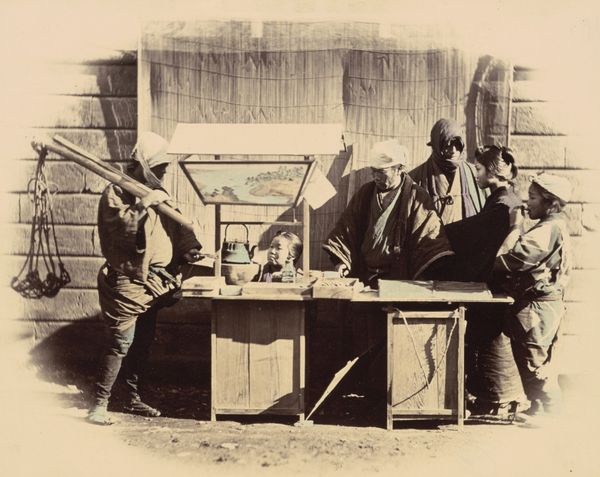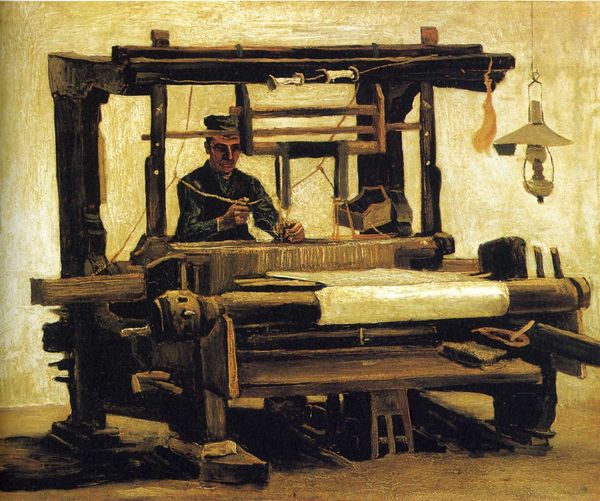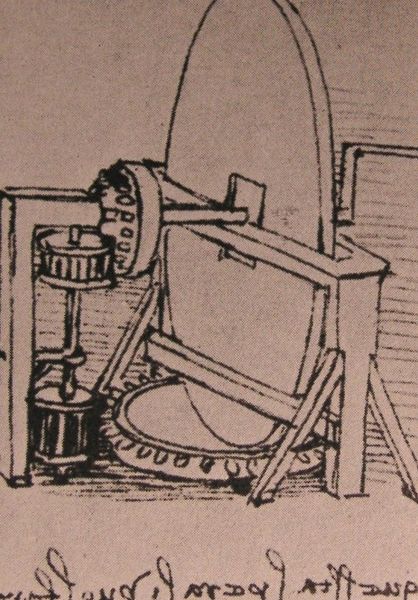
drawing, paper, ink
#
portrait
#
drawing
#
impressionism
#
paper
#
ink
#
child
#
men
#
genre-painting
#
mixed medium
#
mixed media
#
watercolor
#
realism
#
ruin
#
environment sketch
Copyright: Public domain
Editor: Here we have Van Gogh’s "Weaver, with a Baby in a Highchair" from 1884, rendered in ink on paper. It feels… overwhelmingly structural, like I'm seeing all the harsh lines that make up their reality. How do you interpret this work from a formalist lens? Curator: A fascinating choice. Note how Van Gogh employs densely packed, parallel lines, particularly in rendering the loom itself. The angularity isn’t merely descriptive; it becomes the visual language through which the very act of weaving – the relentless, repetitive motion – is conveyed. The hatching and cross-hatching define form, but, importantly, they also activate the surface of the work, creating a palpable tension. Do you observe how the limited tonal range reinforces this? Editor: Yes, it's like the drawing itself mimics the tight constraints of their existence, trapping them inside these sharp outlines and shapes! Even the light filtering through the window appears caged. But why emphasize the structure so heavily? Curator: Structure, here, is everything. Van Gogh isn’t simply depicting a scene; he's constructing an experience. Consider how the composition draws your eye to the weaver’s hands, then shifts to the child, before pulling you back to the overwhelming presence of the loom. It's a visual rhythm of labour and life. The hatching, as a compositional tool, highlights texture to the touch, almost enabling one to physically understand what’s occurring, what’s hard, what is tangible in this workspace. Do you find it effective? Editor: I do! Now I see the stark contrasts aren't just about light and shadow; they are a deliberate method to emphasize the cold reality that is materially created around them. Curator: Precisely. It’s through this stark and almost brutal structural articulation that the work achieves its emotive power. Editor: I never considered how the structural elements themselves could communicate so much! I'll definitely be looking at artwork through new eyes from now on.
Comments
No comments
Be the first to comment and join the conversation on the ultimate creative platform.
